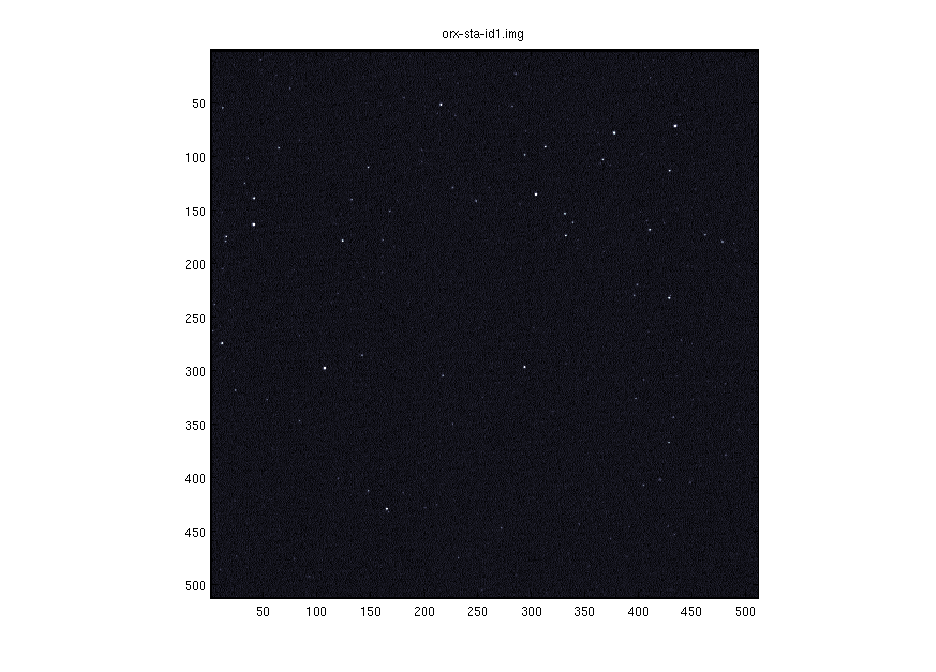
One week post-launch, NASA’s Origins, Spectral Interpretation, Resource Identification, Security-Regolith Explorer (OSIRIS-REx) spacecraft remains healthy and is on track for its two-year journey to the asteroid Bennu. As of noon EDT Thursday, the spacecraft was approximately 2 million miles (3.2 million kilometers) from Earth, traveling at approximately 12,300 miles per hour (19,800 kilometers per hour) relative to Earth. All of the spacecraft’s subsystems are operating as expected.
The OSIRIS-REx spacecraft is designed to rendezvous with, study, and return a sample of Bennu to Earth. This sample of a primitive asteroid will help scientists understand the formation of our solar system more than 4.5 billion years ago.
After liftoff at 7:05 p.m. EDT on Sept. 8, the United Launch Alliance Atlas V rocket performed flawlessly and positioned the OSIRIS-REx spacecraft exactly where the mission’s navigation team expected it to be. By 1:30 p.m. EDT on Sept. 9, approximately 18 1/2 hours after launch, the OSIRIS-REx spacecraft had crossed the orbital path of the moon at 240,000 miles (386,500 kilometers). By that evening, the spacecraft transitioned from launch operations into its outbound cruise phase.
On Sept. 12, OSIRIS-REx took its first image from it star tracker navigational camera, proving the system is functioning properly. The star tracker takes images of the stars and compares them to an on-board catalog, which then tells the spacecraft navigation systems its attitude, or which way it is pointing.
Next week, the engineers controlling the OSIRIS-REx spacecraft will conduct checkouts of the science instruments on board the spacecraft.
Goddard Space Flight Center provides overall mission management, systems engineering and the safety and mission assurance for OSIRIS-REx. Dante Lauretta of the University of Arizona, Tucson, is the principal investigator. Lockheed Martin Space Systems in Denver built the spacecraft. OSIRIS-REx is the third mission in NASA’s New Frontiers Program. NASA’s Marshall Space Flight Center in Huntsville, Alabama, manages the agency’s New Frontiers Program for its Science Mission Directorate in Washington.

























